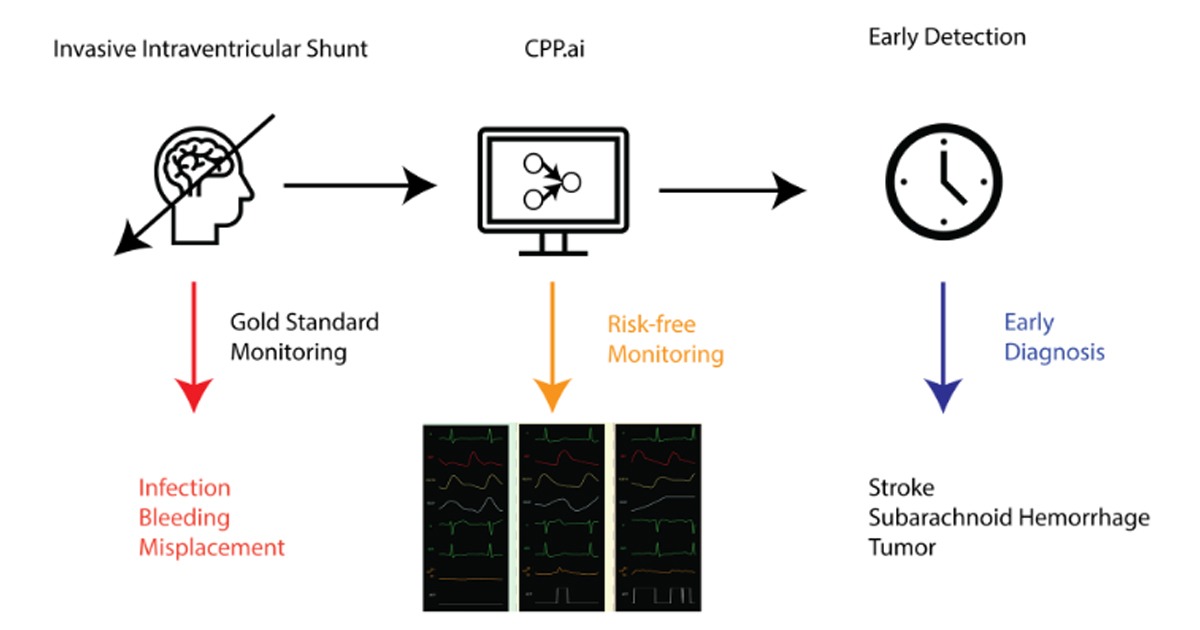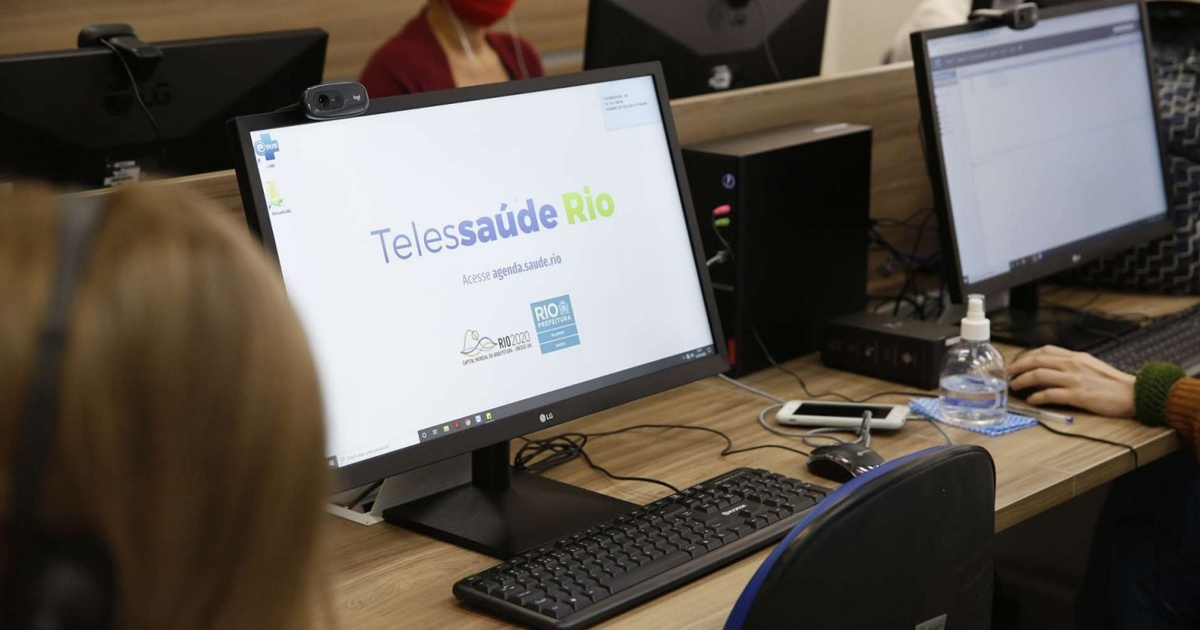El Massachusetts Institute of Technology (MIT), ha desarrollado una nueva técnica para reducir el sesgo y aumentar el alcance de modelos de aprendizaje automático.
The Artificial Intelligence, los modelos de machine learning and aprendizaje profundo, son aspectos clave para el desarrollo de investigaciones y estudios que requieren el procesamiento de grandes cantidades de datos. Sin embargo, un desequilibrio en los datos puede derivar en la creación de modelos que dan entrada a sesgos en la investigación. Por ello el MIT ha publicado un estudio donde muestra cómo fue posible aumentar la equidad en modelos de machine learning.
El artículo titulado: “¿Es la equidad solo métrica profunda? Evaluación y abordaje de las brechas de subgrupos en DML”, explica que estos modelos pueden corregirse. De esta forma desarrollaron una técnica que permite que el modelo produzca resultados justos sin importar si este fue entrenado con datos desequilibrados.
“En el machine learning, es común culpar a los datos por el sesgo en los modelos. Pero no siempre tenemos datos equilibrados. Por lo tanto, debemos idear métodos que realmente solucionen el problema con datos desequilibrados”, dice la autora principal Natalie Dulero, estudiante de posgrado en el Grupo de Aprendizaje Automático Saludable del Laboratorio de Ciencias de la Computación e Artificial Intelligence (CSAIL) del MIT.

En este sentido la corrección de los modelos puede adaptarse a nuevos datos y aprender a agrupar nuevos tipos de información. “Sabemos que los datos reflejan los sesgos de los procesos en la sociedad. Esto significa que tenemos que cambiar nuestro enfoque para diseñar métodos que se adapten mejor a la realidad”, explica la autora principal Marzyeh Ghassemi.
Gracias a este tipo de desarrollos es posible mejorar modelos que han sido exitosos para la investigación. En el caso de la salud, es importante mantener estándares altos en los modelos de machine learning profundo o cualquier otro algorithm, que involucre a pacientes.







